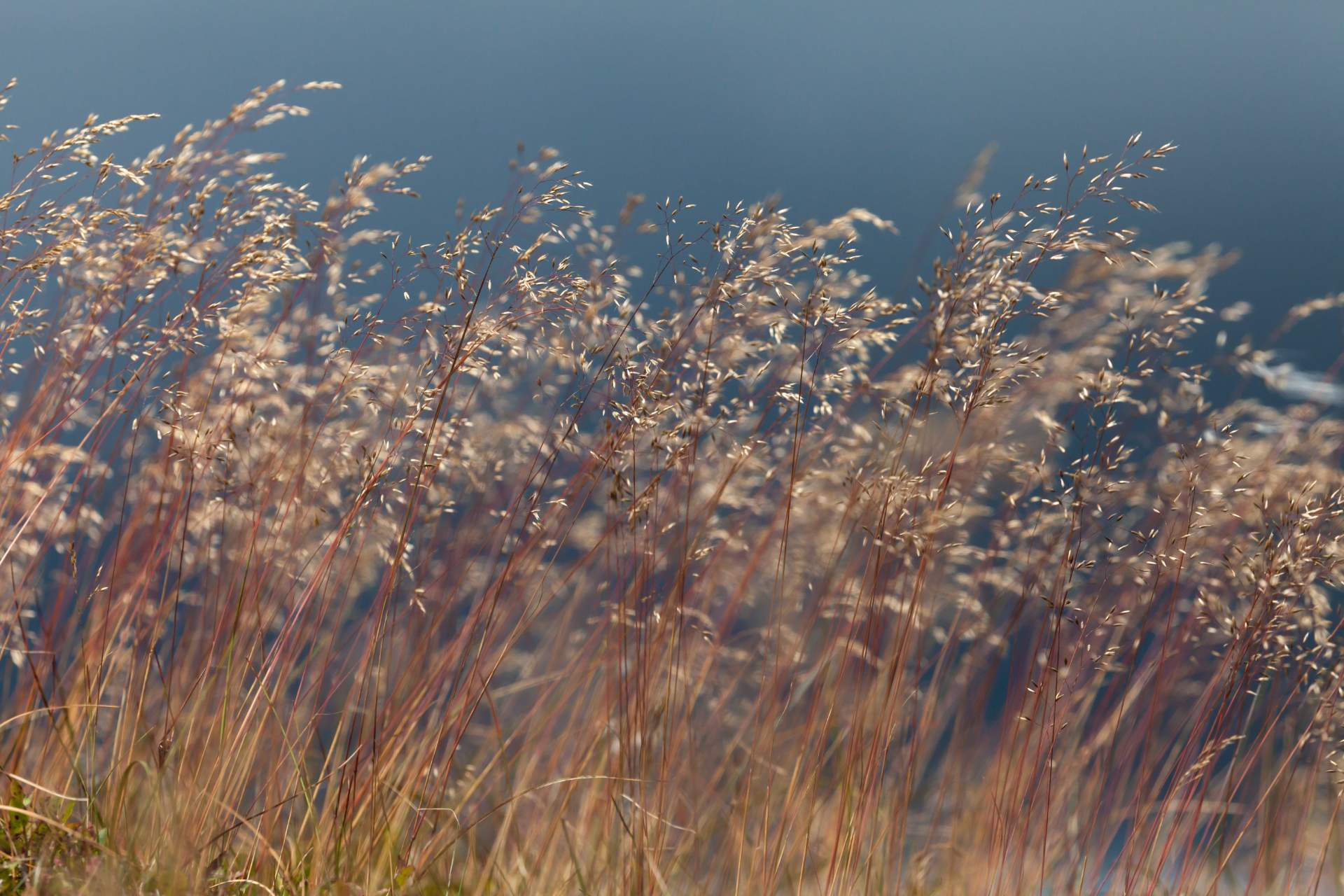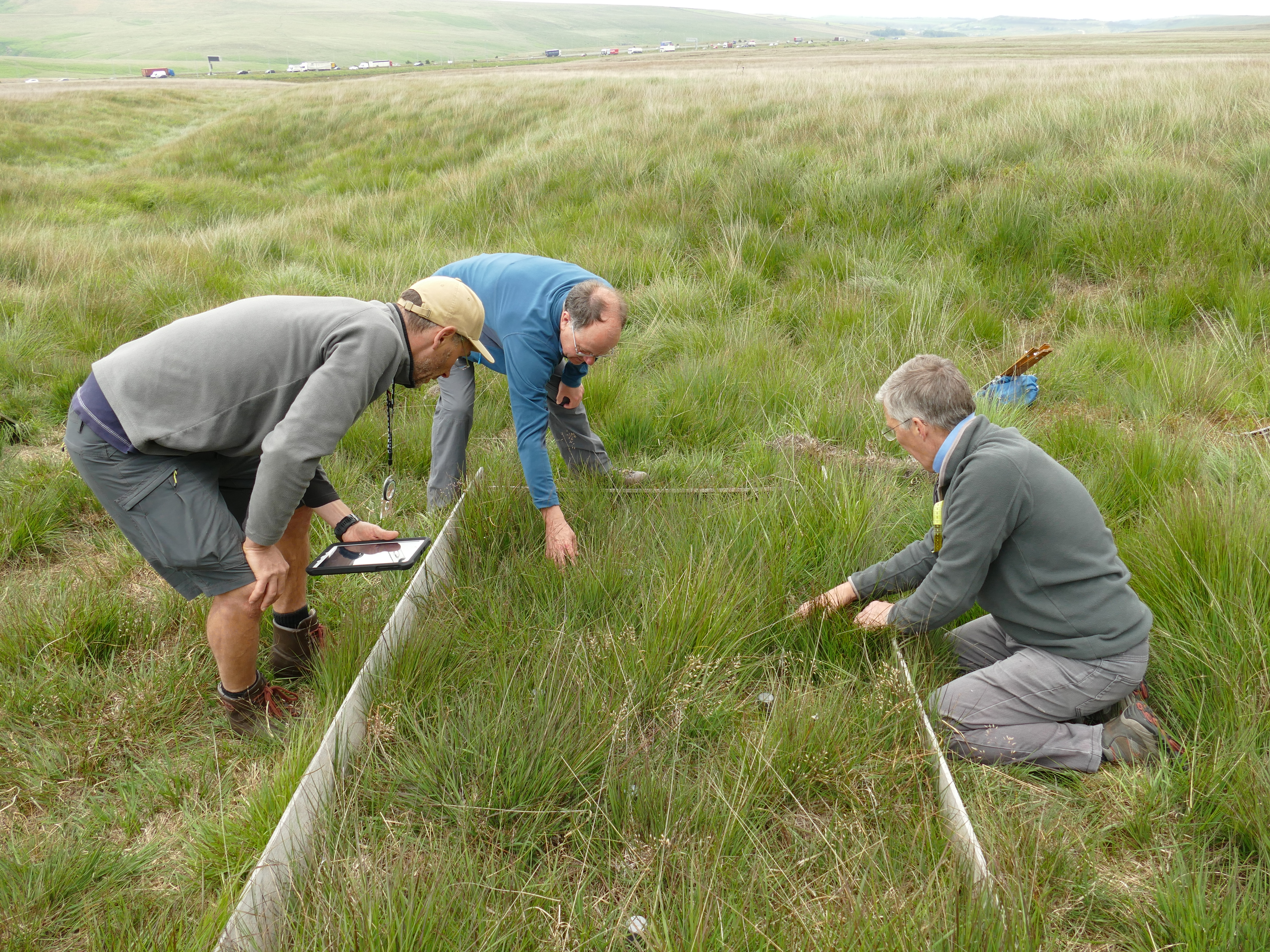We are delighted to be welcoming back our volunteers as the vegetation monitoring season gets underway. Every year, we undertake vegetation surveys to monitor the effects of our restoration work, and in response to environmental change. This year marks the seventeenth consecutive year of monitoring, making it one of the longest-running monitoring studies in the Peak District and South Pennines. It is the hours dedicated by our volunteers battling all weather, and challenging terrains, that have made this possible each year and, thankfully, this year is no exception!

Over recent months, all volunteering activities have paused due to Covid-19, and we are so happy to welcome back our team safely to the ‘field’ following the continued easing of government guidelines. The level and scale of the continued monitoring on the Peak District and South Pennine moors, checking on both vegetation cover and the water table, is a task that has been made possible thanks to our volunteers. Last year alone, over 180 hours were volunteered collecting data during the vegetation monitoring campaign which runs from July to September. The task at hand is to count the percentage cover of single plant species present across multiple quadrats, which is a square 2x2 metre frame placed over specific sites. In total, there are hundreds of quadrats to analyse – which, as you can imagine, is a lot of ground to cover as these sites are spread across the moors from the Roaches, and up to Bleaklow and Moss Moor. This work is providing us with an extremely valuable understanding of how the moors are recovering following our restoration work, and will also provide a detailed account of how the moors may change in response to a changing climate.

There are two parts to the vegetation surveys: restoration monitoring and environmental monitoring. Restoration monitoring started back in 2003, and looks at the transition in conservation areas from bare peat to vegetation cover and takes a detailed look at the mixture of returning species that change over time. Environmental monitoring started in 2014, and looks at sites where there is no restoration work taking place, as the moors are in reasonable condition already. At these sites, we are looking at more ‘background’ changes that are influenced by any changes in climate.
Both environmental monitoring surveys and restoration monitoring surveys rely on the support of several hundred hours of volunteered time that have contributed to forming these long-term datasets. These datasets are pivotal to our understanding of the subtle changes that occur over long periods of time.
Which just leaves us to say a huge thank you to our volunteers, and welcome back – thank you for your patience - we look forward to see you (from a distance) on the hill.